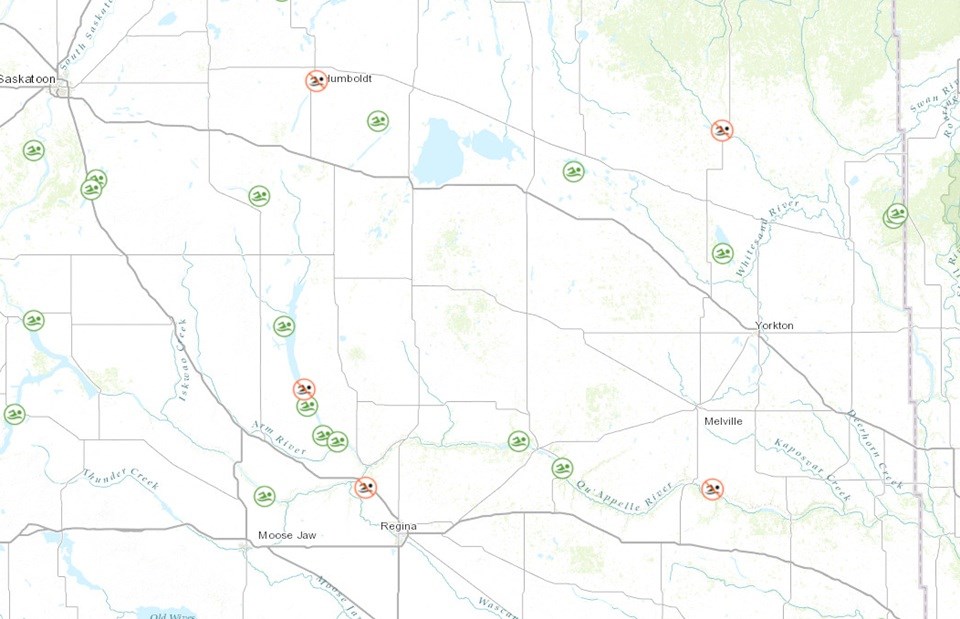SASKATCHEWAN — SaskWater has issued E. coli advisories for several beaches across the province, urging residents and visitors to avoid swimming at affected sites until further notice.
As of the latest testing, swimming is not recommended at Anne Laurie Beach, Dallas Valley Ranch Camp Beach, Melville Beach, and Rowan’s Ravine Provincial Park Beach.Stoney Beach has an advisory for Microcystin.
According to the Saskatchewan Healthy Beaches Report, elevated levels of Escherichia coli (E. coli) in the water have triggered the advisories. Once a beach is placed under advisory, follow-up testing is conducted one week later.
At Rowan’s Ravine Provincial Park Beach, high levels of E. coli were detected in samples collected on Aug. 14, 18 and 21.
Local health authorities advise against swimming or entering the water at the affected beaches until further testing confirms that it is safe.
The latest water quality results are as follows:
-
Anne Laurie Beach – 445 organisms per 100 mL (sample date: Aug. 14
-
Stoney Beach -67.7 Microcystin (µg/L)
-
Valley Ranch Camp Beach – 36.14 organisms per 100 mL (sample date: Aug 15: single-sample exceedance)
-
Melville Beach – 1,744 organisms per 100 mL
-
Rowan’s Ravine Provincial Park Beach – 1,009 organisms per 100 mL
All reported levels far exceed the Health Canada guideline of 235 colony-forming units (CFU) of E. coli per 100 mL of water, which is considered the upper safety limit for recreational use.
Not all public swimming areas in Saskatchewan are monitored. Decisions about where to test are based on historical data, popularity, and environmental health assessments, according to the Healthy Beaches website. This approach allows health officials to focus resources on beaches that pose the highest potential health risks.
The Healthy Beaches Program, operated by the Government of Saskatchewan, is responsible for monitoring and promoting the safety of public swimming areas throughout the province.
E. coli can increase dramatically after heavy rainfall, as runoff carries animal waste and other contaminants into lakes and rivers.




